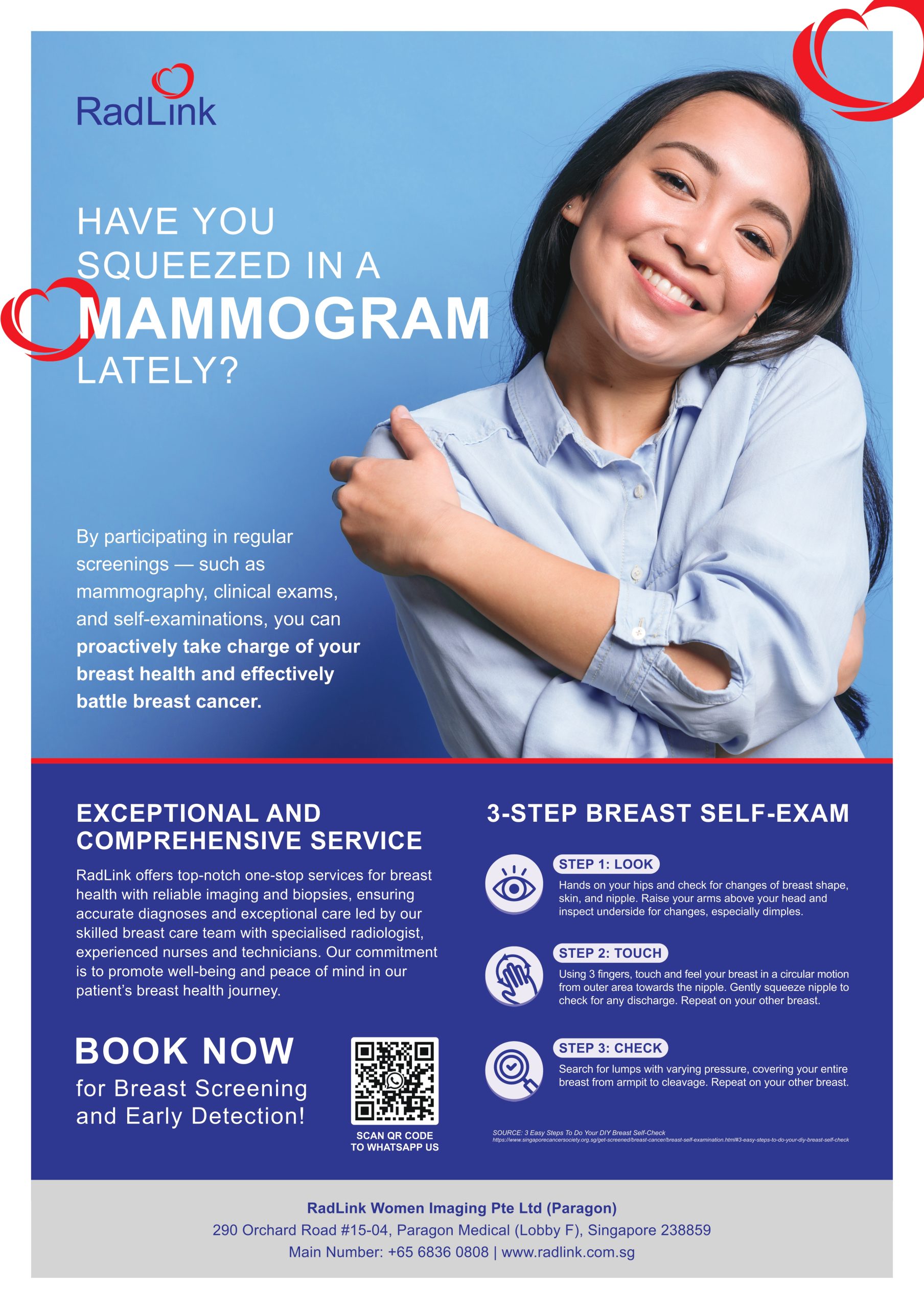


MRI uses waves and a strong magnetic field to produce clear and detailed pictures of the body, without the use of x-rays. It is a non-invasive way of viewing organs, soft tissues, bone and other internal body structures.
MAGNETOM Lumina, RadLink's new 3T Open Bore MRI system that delivers productivity and greater patient experience.
Click here to learn more.
A CT (Computed Tomography) scan is performed using an advanced X-ray technique that uses X-ray and computer technology to obtain cross-sectional images of the body, giving detailed information for diagnosis. CT scan images are able to provide more detailed images than plain X-rays. You will be asked to lie down on the CT scan table. During the CT procedure, the CT scan table will move in and out of the scanner several times to capture images of your body.
Ultrasound (Sonography) is an imaging method that uses sound waves to obtaining real-time images within the body. No X-rays or injections are used in ultrasound imaging which makes this modality an extremely safe and painless diagnostic tool.

Mammography is a specialised medical imaging of the breasts using a low-dose X-ray system. It is used to aid in the early detection and diagnosis of breast diseases. Together with physical breast examination, it has proven to be the safest and most effective method to screen for early breast cancer.
RadLink also offers 3D mammography (tomosynthesis) a cutting edge technology that increases breast cancer detection; decreases recall rate and aids in identifying size, shape and location of the breast abnormalities.
BMD is the method used to quantify the mass of bone in the body. It is also effective in tracking the effects of treatment for osteoporosis and other conditions that cause bone loss.
BMD is often used to diagnose osteoporosis. This is a common bone disease which makes bone fragile and easy to fracture. Some common causes of osteoporosis include:
X-ray is a conventional technique used for the visualization of the bones and soft tissue structures in the body. It uses X-rays to create 2D images of the human body.
Monday - Friday: 8:30AM – 5:30PM
Saturday: 8:30AM – 12:30PM
Closed on Sundays and Public Holidays
Monday – Friday: 8:30AM – 5:00PM (Lunch hour: 1:00PM – 2:00PM)
Saturday: 8:30AM – 1:00PM

